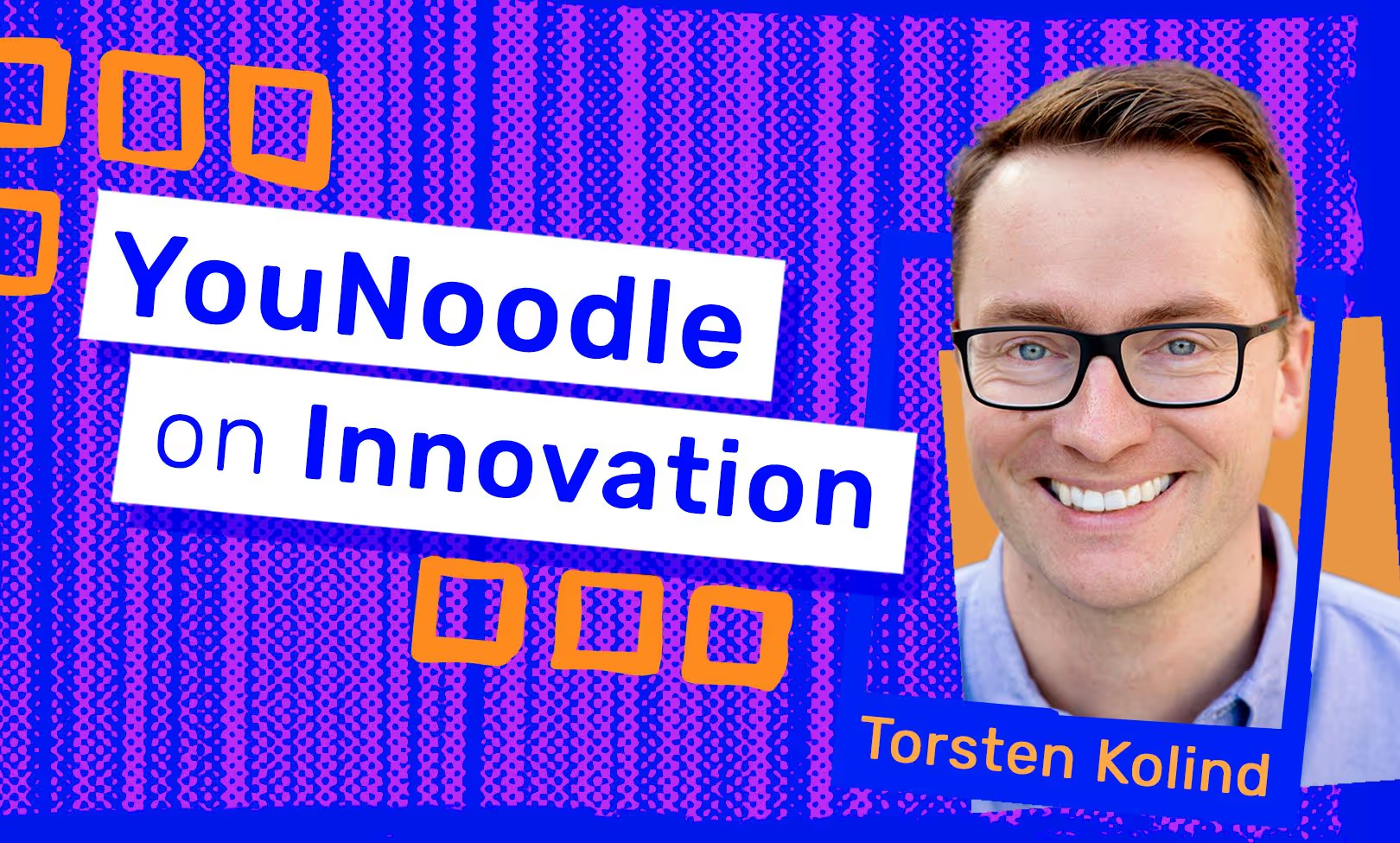
From Manager To Leader In A Cost Cutting Environment
In a world where every dollar spent demands instant justification, most managers find themselves trapped in a relentless cycle of short-term decision-making. But what if the true secret to navigating a cost-cutting environment didn’t lie in tighter controls or rigid metrics, but in something profoundly human? This piece unpacks the hidden potential of your team—not as cogs in a machine—but as the wellspring of creativity and insight that could transform you from a manager into a true leader.
Since 2008, the financial crisis turned many companies towards performance optimization, tighter control, and stricter resource management. It embedded an “only spend money if there is a guaranteed result” mindset. The results, a focus on cost cutting and short-term activities, such as increasing sales forces.
This mentality goes against the innovation core value. One should prioritize innovation and idea generation. Not because it will lead to something, but because it could lead to something. Many try and reason out that innovation is a luxury, something nice to have when times are good. Companies that top the innovation lists have the resources available to look for long term opportunities. Many managers have performance metrics aiming to keep gears running and doors open.
But is it possible to break this short-term cycle and meet your performance objectives while increasing value for the firm?
The Strength of Social Human Capital through Leadership
Managers have the responsibility of taking the right solutions. Top management design performance metrics and bonus plans to track these decisions. What they forget is they don’t have to be responsible for all stages leading up to making the decision. Take advantage of the human capital you already have.
Use your employees to support your decision making. Take away the mentality of employees working for managers to reach goals.Use your employees to support your decision making. Instead, advocate for a culture that fosters inclusion. As a result, employees work with leaders in teams to meet required metrics by solving problems.
What is Social Human Capital?
Human capital consists of all traits each individual has accumulated over time. It includes all their learnings, experiences, abilities, judgment, talent and wisdom. Now combine it with social capital that includes shared norms, values, and understandings in and between groups. This common understanding supports cooperation and collaboration.
Traditionally, time and space limit the effectiveness of social capital. Digitalisation is able to remove these barriers and increase the value provided. Yet it is only successful if open leadership supports the digitization adoption.
Consider this, one person can spend 1-2 months on a project compared to 12 people only taking two weeks. Social human capital increases knowledge sharing and support. Over a longer period, it will reduce cost and uncertainty. As a result, create an open culture of inclusion starts with managers.
Top leaders like Jim Hagemann Snabe and futurist Stefan Hyttfors believe that digitalization, co-creation, networks and open leadership are fundamental moving forward for all organizations. I once heard Snabe in a presentation state, “To have the full creativity resource of the human capital is a strategic competitive edge.” Basically, the knowledge of your people can support you in achieving your goals and will make you a better leader.
Activating the Modern Leader
Interestingly, what would happen if management had performance metrics for employee supported decisions? Furthermore, link their bonuses on employee supported decisions. At the same, time promote an open organizational culture around collaboration and cooperation. The first step can be with you and your team. Share your problems, work on the issues together by having them work with you instead of working for you. Remember, it is your job to select the right solutions moving forward. Introducing social human capital into the stages before the decision is beneficial for your execution, your team’s engagement, and the organizational culture.
Thinking outside the box and create new business is my motivation!!! ª#exponentialpeople.
Next up to Read:
Unleash Team Potential with Ideanote Today




